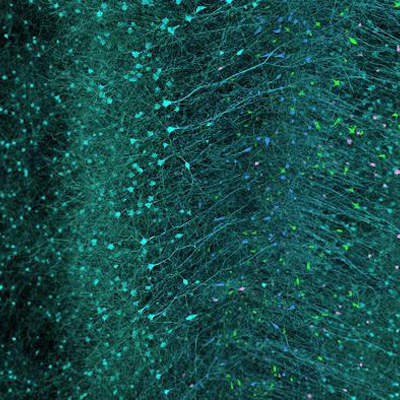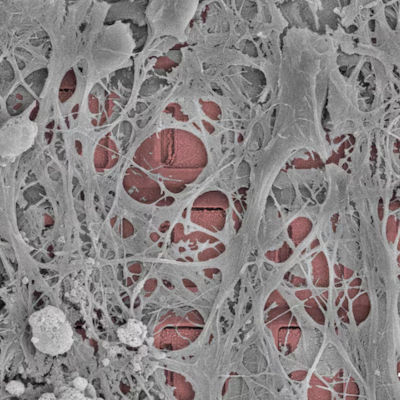A roadmap for whole-brain connectomics
Dec. 10, 2024.
2 mins. read.
2 Interactions
A new method will help map millions of connections in entire brains, from small ones like flies to big ones like humans.
E11 Bio announced PRISM, a new tool for mapping brain connections. Connectomics is the study of how brain cells connect. PRISM aims to make this process faster, cheaper, and easier. It will help map millions of connections in entire brains, from small ones like flies to big ones like humans. This could lead to better artificial intelligence (AI), treatments for brain issues, and understanding how our brains work.
E11 Bio researchers recently mapped part of a mouse brain’s hippocampus. They worked with experts from different institutes to do this. They plan to share the full study details in a preprint next year.
Mapping a mouse brain could help us understand AI better, find new treatments for brain diseases, and even simulate human brain activity. But, traditional methods are too expensive and slow, mainly because of the need for human experts to proofread and check AI work. PRISM solves this by making cells label themselves with protein barcodes. These barcodes help AI check its own work, cutting costs dramatically.
PRISM uses expansion microscopy to see tiny details without expensive equipment. It also uses AI to analyze images, making the process even cheaper. They hope this can reduce costs by up to 100 times.
In PRISM, they give each cell a unique barcode using proteins. Then they expand the brain tissue to see details clearly and use AI to understand these barcodes. This reduces the need for human proofreading.
A roadmap
E11 Bio plans to keep improving PRISM to handle even larger brain volumes, aiming for a full mouse brain connectome in five years. They want to work with others to use this data for AI, medicine, and more. They’re looking into making the technology even better by adding more tools and methods to handle the massive data this work involves.
The advancements in brain connectivity mapping with technologies like PRISM could lead to better AI and help us understand AI in several key ways:
Insights into how biological neural networks operate could inspire the design of artificial neural networks; new AI could learn continuously from data in a more human-like manner; AI could better simulate human cognitive processes, thus enhancing AI’s capabilities in areas like natural language processing, visual recognition, or complex decision-making under uncertainty.
Let us know your thoughts! Sign up for a Mindplex account now, join our Telegram, or follow us on Twitter.


.png)

.png)


.png)





0 Comments
0 thoughts on “A roadmap for whole-brain connectomics”